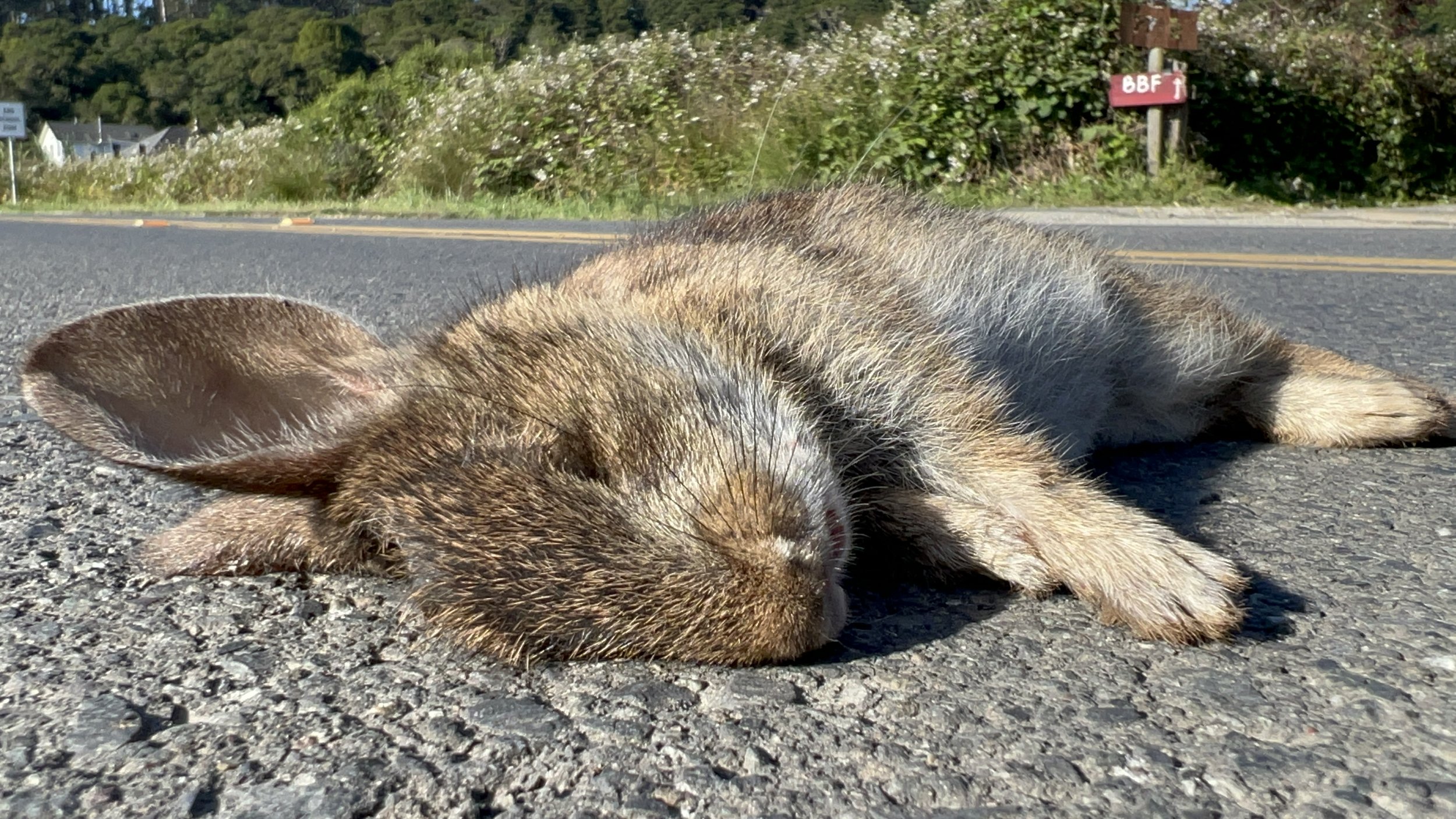#wildlifecorridors #placemaking
#wildlifecrossings
The need for speed is a trauma response, endorphin addiction and the illusion that the money chasing treadmill is going to where you want to get.
A remedy to the massive genetic isolation that speedways place on our dwindling wildlife is ‘placemaking’, which we might define as citizen led public art installations that nurture civic culture for multi-species, non-vehicular gathering and mobility.
“The slow movement advocates a cultural shift towards slowing down life's pace. It began with Carlo Petrini's protest against the opening of a McDonald's restaurant in Piazza di Spagna, Rome, in 1986 that sparked the creation of the slow food movement. Over time, this developed into a subculture in other areas, like the Cittaslow organisation for "slow cities". The "slow" epithet has subsequently been applied to a variety of activities and aspects of culture.
Carl Honoré
Geir Berthelsen in his creation, The World Institute of Slowness[1] presented a vision in 1999 for an entire "slow planet" and a need to teach the world the way of slowness. In Carl Honoré's 2004 book, In Praise of Slow, he describes slow movement as:
"It is a cultural revolution against the notion that faster is always better. The Slow philosophy is not about doing everything at a snail's pace. It's about seeking to do everything at the right speed. Savoring the hours and minutes rather than just counting them. Doing everything as well as possible, instead of as fast as possible. It’s about quality over quantity in everything from work to food to parenting."
